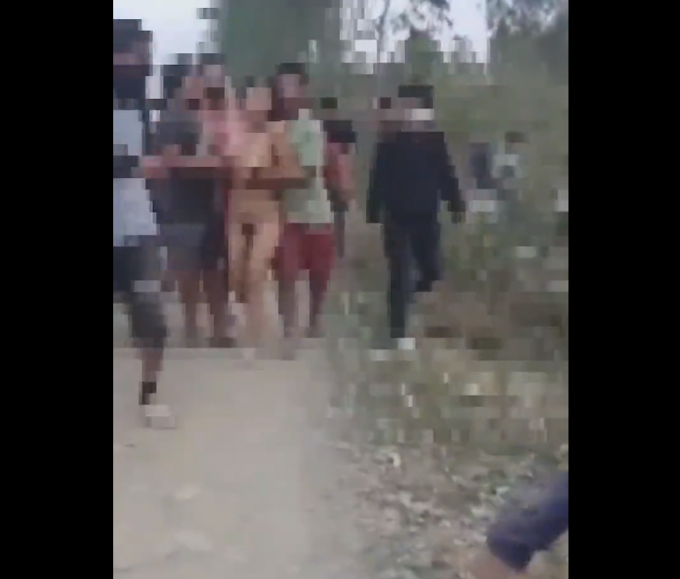The debate over AI’s role in creative fields has reignited following the rise of AI image-generation tools like OpenAI’s DALL·E, especially with viral trends such as the Studio Ghibli-style portrait craze. Millions jumped on the trend, transforming their photos into whimsical, anime-inspired art. While many users celebrated the accessibility and fun of AI-generated visuals, artists raised concerns over the erosion of originality, creative labor, and the ethics of mimicking iconic styles.
This conversation came into sharp focus when OpenAI CEO Sam Altman addressed the issue in a podcast with Indian entrepreneur Varun Mayya, where he tackled the tension between AI’s creative empowerment and its disruptive force.
Art vs. AI: The Studio Ghibli Backlash
Altman responded to backlash referencing a widely-shared clip of Hayao Miyazaki, co-founder of Studio Ghibli, who once called AI animation "an insult to life itself." Altman didn’t dismiss those concerns but emphasized perspective, comparing the rise of generative AI to past tech shifts like Photoshop or YouTube.
“The democratisation of content creation has been a net win for society… It’s not perfect—some jobs are lost, and others face more competition—but overall, it increases participation, and that benefits us all.”
He sees AI not as a replacement for human creativity but as a force multiplier—lowering barriers, enabling people without traditional artistic skills to express themselves, and creating a more inclusive creative economy.
Jobs, Creativity & the Future of Work
Altman acknowledged the disruption AI causes to traditional creative workflows, but he argued that history shows adaptation is possible. Just like illustrators transitioned from pens to tablets, today’s artists can learn to co-create with AI.
Some highlights from Altman’s outlook:
-
Fewer but more valuable creative jobs: AI might reduce the number of roles, but increase their economic value by raising quality standards and productivity.
-
New creative careers: Roles like prompt engineering—crafting precise inputs for AI—are emerging as entirely new job categories.
-
Demand explosion: As high-quality visuals become easier to produce, businesses and individuals alike will expect more professional content, potentially increasing demand for skilled creatives.
-
India's AI boom: Altman called India OpenAI’s fastest-growing market, with creators using AI for logo design, animations, and even 3D modeling.
Coders, AI Agents & the Indian IT Industry
The conversation also turned toward AI’s impact on coders, particularly in a country like India where IT services generate $250 billion in exports and rely heavily on human software developers.
Altman predicted that by 2025–26, AI coding tools will make programmers up to 10x more productive, handling everything from routine debugging to drafting pull requests. While he acknowledged that this could displace some lower-level coding jobs, he believes global demand for software is growing too rapidly for developers to become obsolete.
“The IT sector won’t shrink—it’ll evolve. We’ll need fewer coders for the same work, but there’ll be more ambitious projects, more demand, and new types of work.”
He also hinted at autonomous AI agents—tools that could independently book cabs, write emails, or automate entire workflows, transforming personal productivity and business operations.
The Big Picture: Disruption with Opportunity
Altman’s core message was one of optimistic disruption. Yes, AI challenges old models—but like every tech revolution, it opens doors:
-
Creatives can now augment their imagination with tools like DALL·E.
-
Coders will gain powerful copilots to speed up their work.
-
New job categories will emerge where none existed before.
Still, his message wasn’t blind optimism. He acknowledged the pain of transition and urged societies to prepare for and manage the shift, ensuring that people are supported as industries evolve.



